Clarification needed: is the additional process that is running the Nagios monitor, or something else you create?
Either way, you can use Process.Start() to kick off a separate application from within your own:
//event handler for the form's Load event
public void MyWindow_FormLoad(object sender, EventArgs e)
{
//kick off the process you want
Process.Start(@"C:\Program Files\MyOtherApp\MyOtherApp.exe");
}
There are overloads allowing you to specify arguments, or customize the startup behavior of the process. But this is the basic call and (given a real program location) should kick off the separate EXE as a new process with default startup behavior (as if you'd double-clicked it in Windows Explorer).
Now, if you need more, like a way to have the two programs talk to each other, then you'll need to expand your question with the appropriate details.
EDIT FROM COMMENT: Ah. OK, that's slightly different.
Normally, any EXE that is running at any given time will appear in the Task Manager's processes list by default, with no special coding necessary. It's in fact very hard to get a proces to NOT show up in that list, because a process that doesn't want to be seen is one of the hallmarks of a virus.
However, when you run an app in Debug mode from Visual Studio, the code is compiled and run from within VS's process boundaries, and doesn't show as its own process. To get it to show up as its own process in Task Manager, the compiled application must be run from outside VS. You can still debug it, by "attaching" VS's debugger to the running process after you have started it. But, this means that the app must be stable and long-running enough for you to manually attach to it. A program that has finished most or all of its execution by the time it reaches a "resting" state will need some modification in order to wait for you to attach to it before doing whatever it was you wanted to debug.

